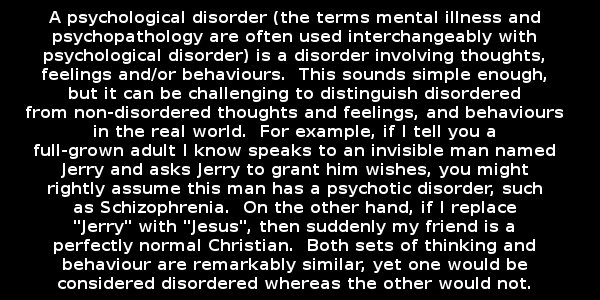
|
Redefining Mental Illness
In February 1969 David L. Rosenhan showed up in the admissions office of a psychiatric hospital in Pennsylvania. He complained of unfamiliar voices inside his head that repeated the words "empty," "thud" and "hollow." Otherwise, Rosenhan had nothing unusual to report. He was immediately admitted to the hospital with a diagnosis of schizophrenia. Between 1969 and 1972 seven friends and students of Rosenhan, a psychology professor then at Swarthmore College, ended up in 11 other U.S. hospitals after claiming that they, too, heard voices - their sole complaint. Psychiatrists slapped them all with a diagnosis of schizophrenia or bipolar disorder and stuck them in psychiatric wards for between eight and 52 days. Doctors forced them to accept antipsychotic medication - 2,100 pills in all, the vast majority of which they pocketed or tucked into their cheeks. Although the voices vanished once Rosenhan and the others entered the hospitals, no one realized that these individuals were healthy - and had been from the start. The voices had been a ruse. The eight pseudopatients became the subject of a landmark 1973 paper in Science, "On Being Sane in Insane Places." The conclusion: psychiatrists did not have a valid way to diagnose mental illness. |

Send comments to:
 hjw2001@gmail.com
hjw2001@gmail.com
|

